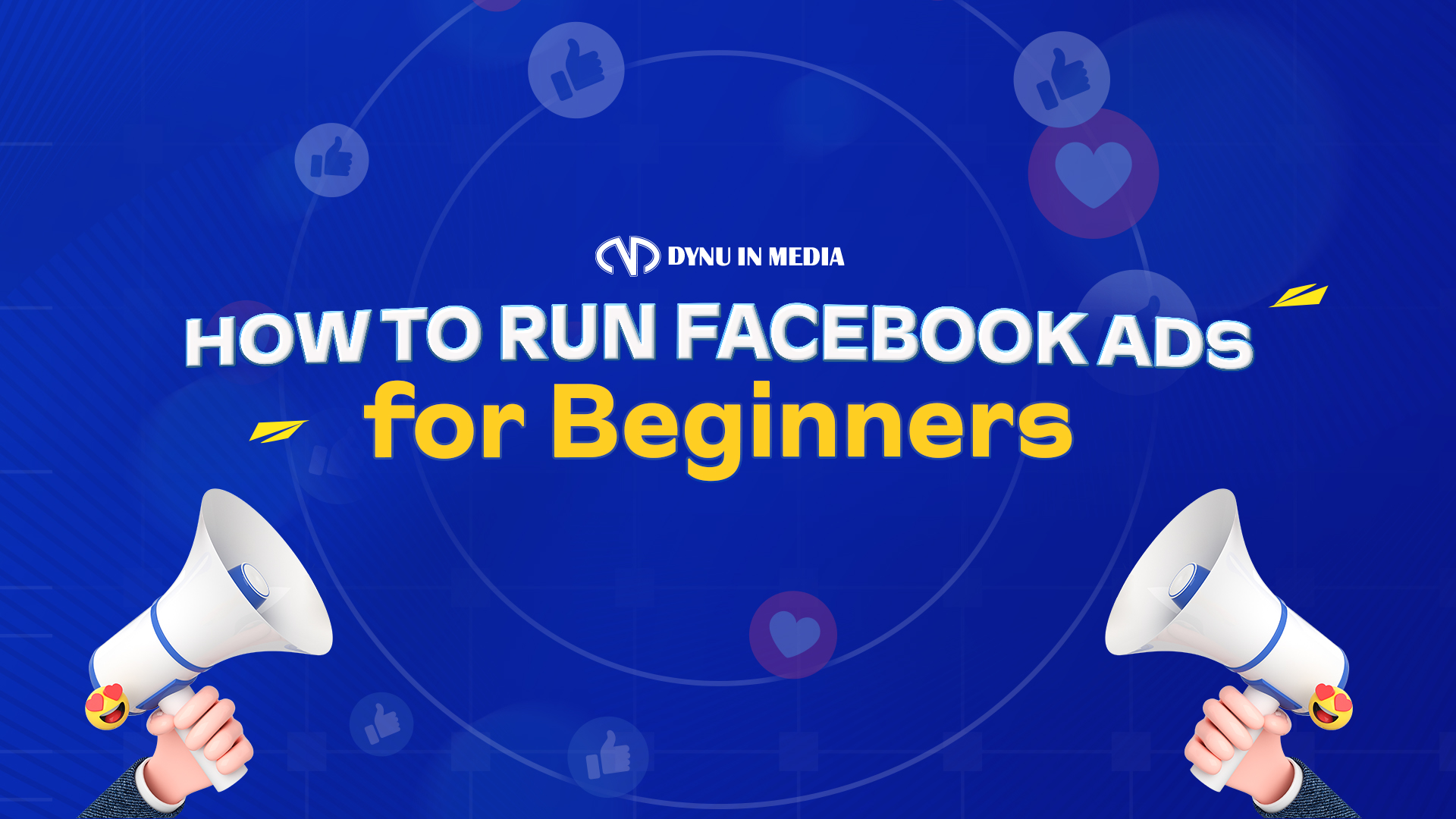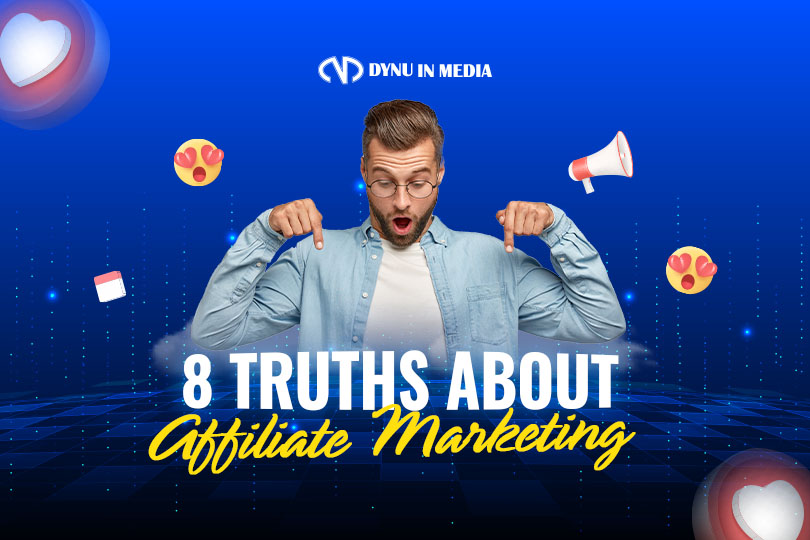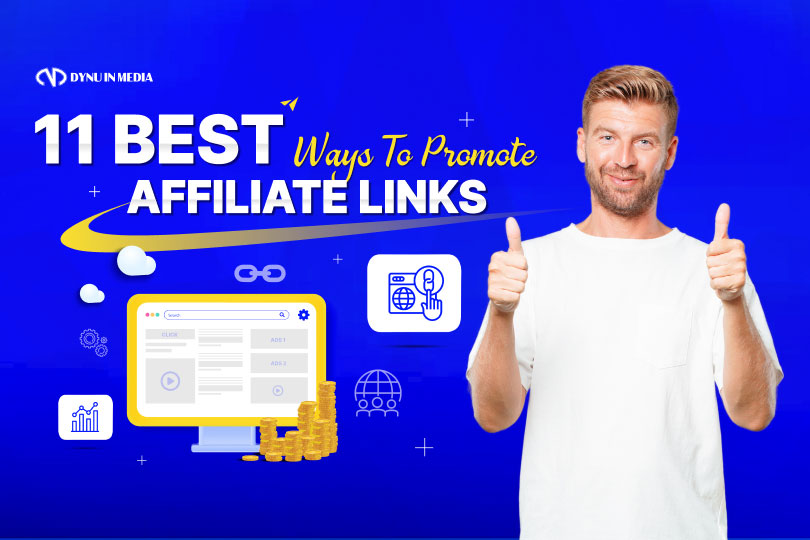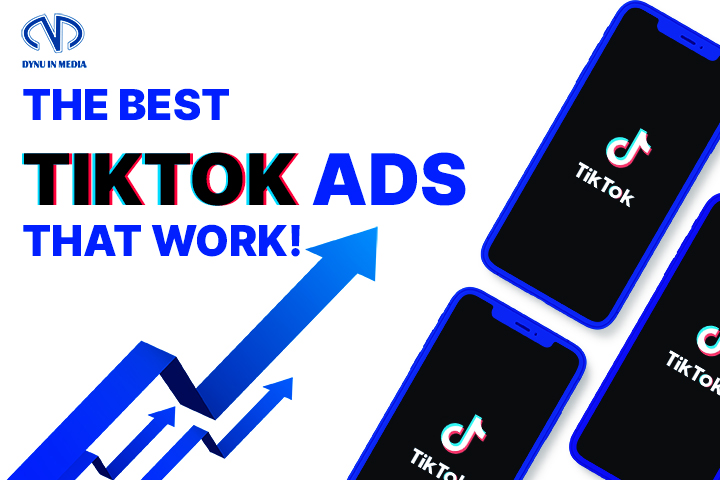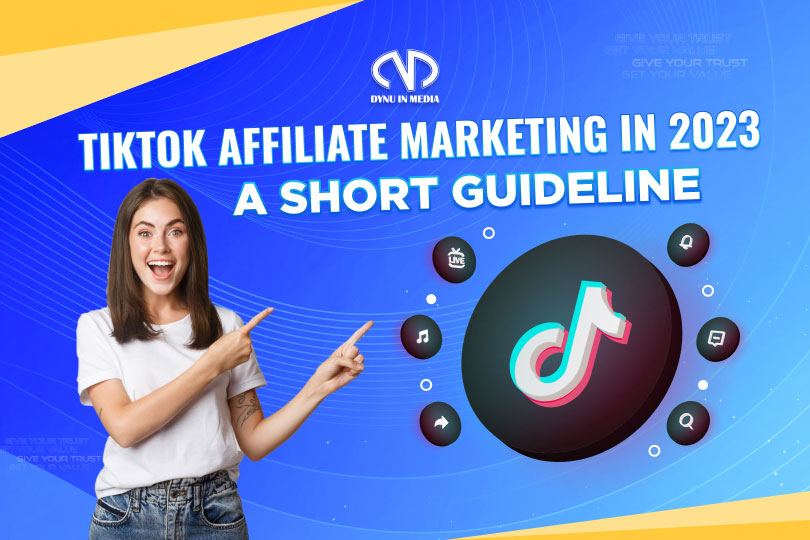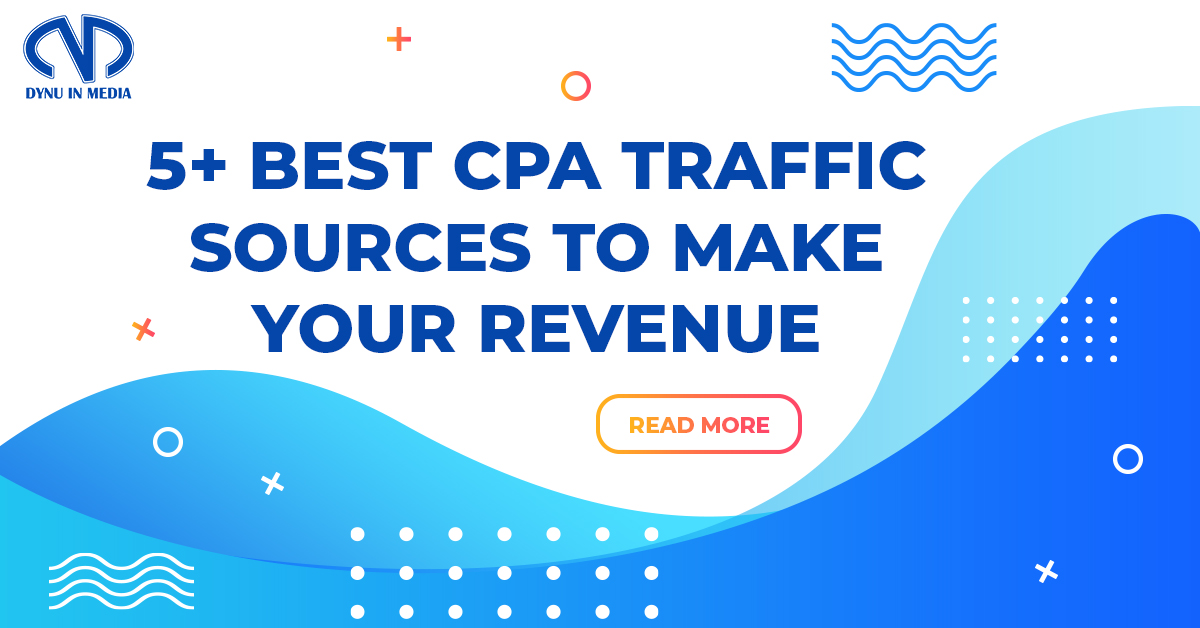What Is Non Incent Traffic & Is It Good?
Thinking of using non incent traffic for your business? Find out what it is, how it works, and if it’s right for you. With the comprehensive guide from Dynu In Media to this type of traffic, you can get the insights and tips you need to make. Keep reading to explore more.

What is Non-Incent Traffic?
Non incent traffic is traffic that comes to a site from an advertiser and demonstrates to the viewer that the advertised product, service, business, etc., is relevant and needed. There is no incentive or reward for this traffic.
Motivating non-incent traffic necessitates the advertiser demonstrate the app’s relevance in the user’s life. This strategy can increase post-installation involvement among high-quality users. Advertisers are constantly on the lookout for new ways to engage non-incent traffic because it can lead to a higher LTV (Life Time Value) relationship with the user.
However, if you are an affiliate marketer, incentivized traffic is a risk. Almost all affiliate marketing programs forbid the use of incentive-based traffic.
How Non-Incent Traffic Works?

Here, we are going to explore how non-incent traffic works.
Expensive campaigns
A non-incent traffic campaign may end up costing more money. This could necessitate a shift to a more strategic budgeting approach. This means that marketers can increase their returns by investing more resources into reaching high-value customers through strategically placed targeted content. While the cost of this type of campaign is higher, the loyalty of the users is worth it. A non-incentive campaign’s ROI (Return on Investment) grows exponentially with a higher LTV, so it makes sense for brands to employ them.
It delivers loyal consumers
Non-incentive traffic is very interesting in using an app because it adds something to the user’s life. When invested, users are more likely to use the app frequently. By providing suggestions on how to improve products and services, these customers show how invested they are. Excellent, invested users are more likely to leave positive reviews and respond positively to push notifications.
The user downloads without a reward
Let’s discuss this example. A user on social media recently adopted a fluffy lab puppy. He encounters a banner ad for premium dog playthings while surfing the web. The user then clicks on the ad, which takes him to the app store, where he can download the company’s app. He installs the app out of pure curiosity about the subject of the banner ad—puppy toys—and not because he expects any incentive from the advertiser. This is an instance of “organic” or “natural” traffic. The user finds the program satisfying since he knows it will make his new pet happy.
Furthermore, the app’s regular user keeps coming back for the latest information on dog-related products like games and toys. This customer’s level of involvement ensures that the business will enjoy a prosperous and fruitful relationship (LTV) with them for many years. Overall, this results in happier customers and a higher return on investment.
Non-Incentive Traffic: Pros & Cons
Non incentive traffic also has advantages and disadvantages. Here are some key points you should take note of:
Pros:
- Quality engaged customers: Ad campaigns work better with product-interested users. Furthermore, reviews, ranks, and customer engagement minimize marketing expenses over time. Interested users are more likely to leave product or service reviews.
- Quality organic traffic: Only interested users respond to the ad. Retention and lifetime value are higher than incentive traffic. Non-incentive traffic guarantees high-quality leads.
Cons:
- Growth slow: With rewards, it’s easier to generate a lot of traffic quickly. Therefore, in non incent traffic campaigns, you always consider how to introduce your product to attract customers. This is the biggest obstacle to organic visitors from ad campaigns.
- Non incentive traffic is expensive: Organic traffic is high-quality. Hence it costs more than incentive marketing to acquire the same amount.
Why Non-Incent Traffic Matters?

It increases organic users
At first glance, fewer people may visit your site when you don’t offer any incentives, as opposed to when you run a paid promotion. It is true. However, because of these users’ quality and enthusiasm for the program, advertisers will enjoy a higher CPI (Clicks Per Install) rate and greater success.
It makes promotion easier
Getting people to download your app without offering anything in return is called “non-incent traffic,” and it’s much simpler to promote. There’s no need to convince users to download the app. Non-incent traffic can aid marketing and make sales easier if people are more enthusiastic about the product.
It boosts feedback
Users are more likely to invest time and effort into an app after they have been persuaded to download it. The user downloads the app of their own free will and not because they expect anything in return. As a result, the user is primed to provide constructive criticism of the app and its offerings. These top-tier customers are just itching to give glowing reviews and approve of push notifications.
Non incent traffic is a type of online advertising that doesn’t use incentives to draw in potential customers. Have you discovered why it’s becoming increasingly popular and how it can effectively reach your target audience? Dynu In Media hopes that you’re getting the most from our article.
